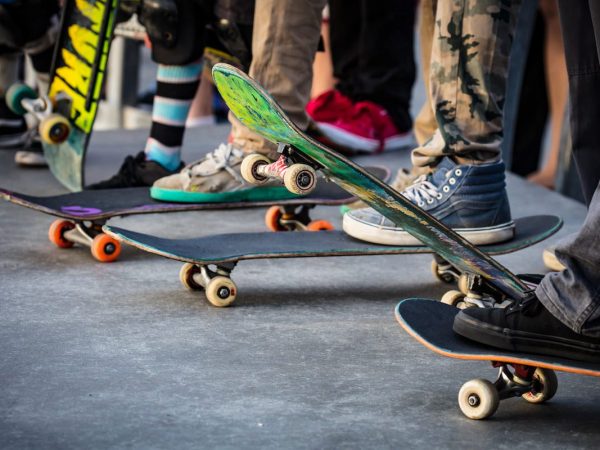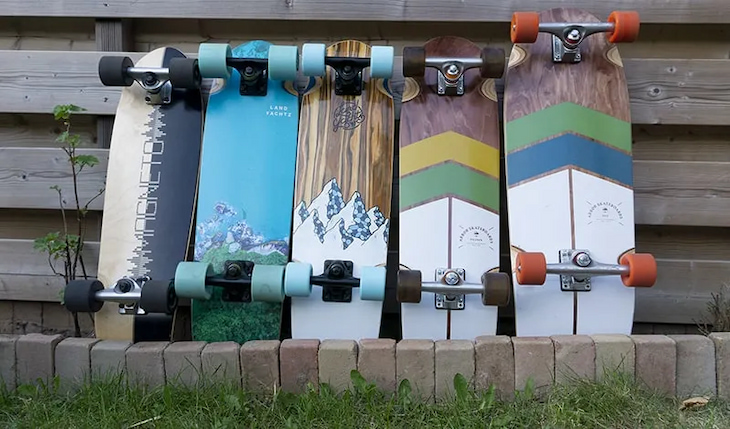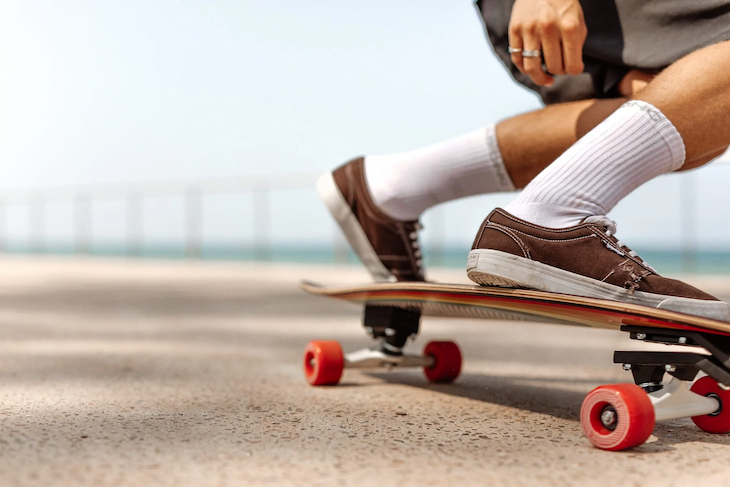14
Oct

You may have noticed that people use the term “cruiser” casually to describe various longboards and skateboards; At times, it seems like everything is a cruiser. In actuality, a cruiser board is a skateboard (or longboard) that is primarily made for the kind of riding commonly referred to as “cruising”.
Essentially, it is relaxed riding and carving in the surf style. In cruising, skaters skate continuously for extended periods of time without stopping or performing tricks. Skaters have the option of taking a leisurely ride in the neighborhood or cruising for a lengthy commute.
For short distances like traveling around campus, cruiser boards are excellent. They’re simple to transport, and if they’re small enough and light enough, you might even be able to take them on an aircraft.
The best boards for this skate style, which is generally used on streets and other uneven surfaces, are longboards and cruisers. The broad deck and wheelbase of these skateboards enable riders to move more quickly, for a longer distance, and with greater control.
If you’re looking for a cruiser board online, you’ll notice that there are plenty of models to choose from. Since all types of skateboards can be cruisers, there’s no precise definition of what makes a cruiser board. Depending on your needs, you may need to consider the following features to pick the right cruising skateboard for you.

The dimensions of the deck in inches, including length and width, are typically used to classify cruiser skateboards. In general, sizes range from around 25″ to 32″ in length and from 7″ to 9.5″ in breadth.
There is no fixed guideline that specifies the precise size that a rider should utilize while selecting a cruiser skateboard. Which board size you should skate on simply comes down to personal preference. When shopping for a cruiser board online, use your shoe size to determine which model will fit you best.
The width of the deck determines how long cruiser skateboards are typically made, therefore length is not a huge factor in choosing the right cruiser size.
The cruiser shape has been used in skateboarding for many years, according to history. Cruisers frequently have a pointed front and a slightly raised tail when you examine their shape (there are also flat variants).
They are meant to be more aerodynamic because of their pointed design, however, I’m not sure if this is actually evident. You can perform simple tricks or even hop a few curbs by lifting the tail a little.
Some cruisers are completely flat. However, boards of this type are typically a little stiffer. This leads us to the next factor.
Flexy boards aren’t for everyone. Flex refers to how firm the cruiser board is (flexibility). A board can absorb more shock when it has more flex, but it also affects stability, especially at faster speeds. If you want to go quickly, you need a board that is stiffer and bigger. Moving quickly on a board that is extremely flexible is plain dangerous.

The material and the thickness of a board both affect how much flex there is. Flexibility is something you must personally experience in order to determine your preferences. If you are unable to test a board, make sure to consult with the seller.
Materials can range from low-cost plastic to sturdy grade-A polythene that is nearly indestructible, durable maple wood, or cherry wood. Generally speaking, the more you pay, the better cruiser you get, but be careful not to overpay.
A fully gripped deck may occasionally be found on top of the board for more, hmm, grip. Some boards simply have a few grip strips, while others have no grip at all.
If you’re into cruising, your aim will be the smoothest ride. The pebbles and fractures in the pavement and difficult roads will be easier to outmaneuver when you have softer wheels. Almost every skateboarder has a tale to share about being unintentionally thrown off their board by a little rock or even a twig.
Large wheels (65mm and above) with a low durometer are a requirement for your cruiser. The majority of cruisers have soft wheels, which are fine, but some models stand out.
You need to have somewhat loose trucks on a cruiser board to get the most out of it. This will significantly enhance the turning and cutting that are frequently required on narrow streets. When you decide to test the limits, be careful because loose trucks don’t handle speed well. Make sure the trucks you choose aren’t too large or thin if you plan to put one together yourself.